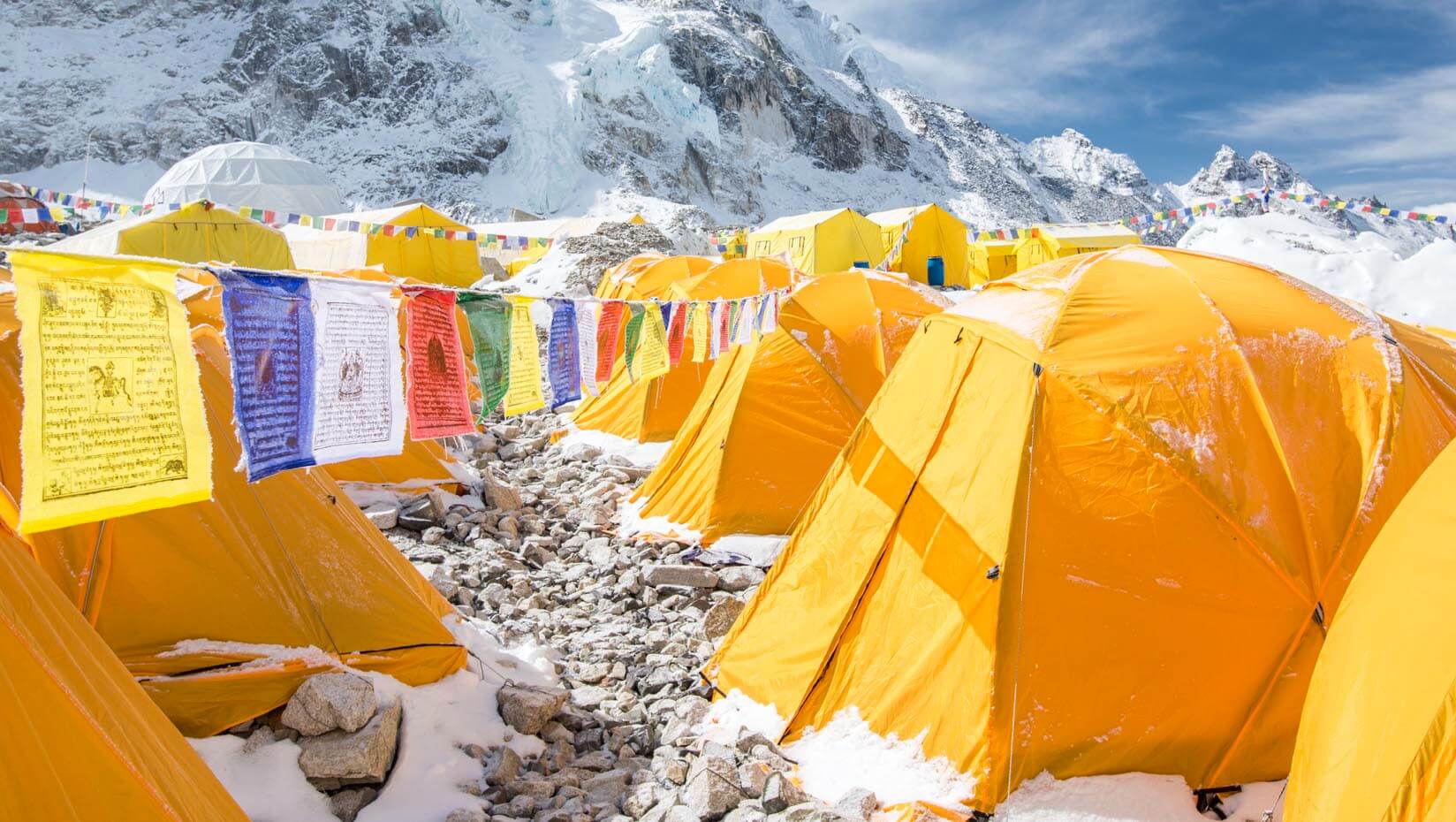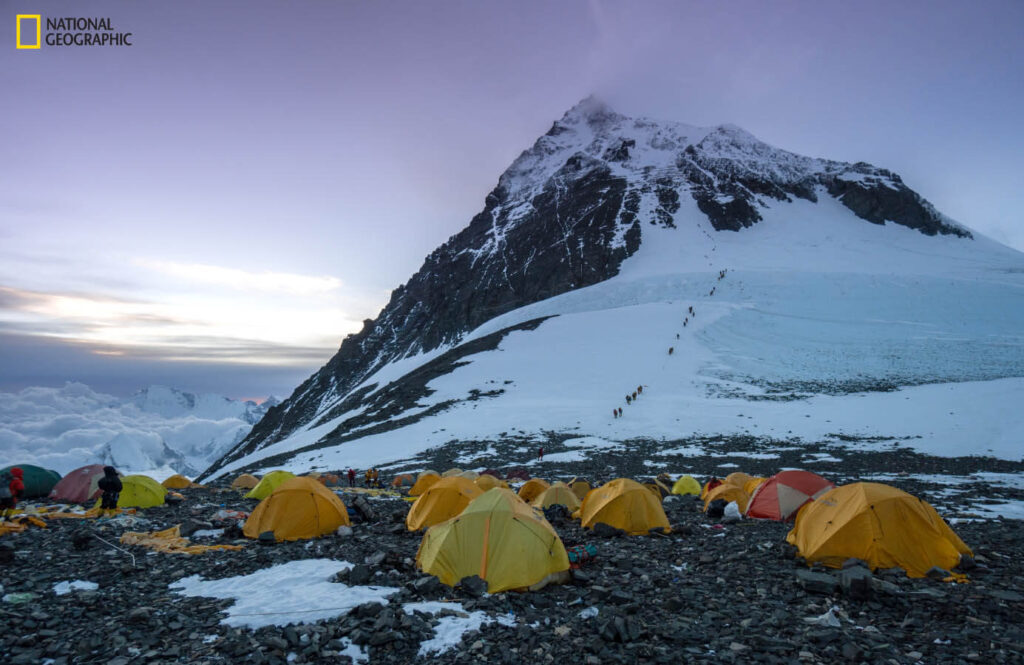
Miner finds outdoor gear ‘forever chemicals’ in snow near Everest summit
“Forever chemicals” used in water-repellant outdoor gear have been found in snow from the top of Mount Everest.
Kimberley Miner says these human-made per- and polyfluoroalkyl substances (PFAS) — which have been linked to birth defects, high cholesterol and increased risk of kidney and testicular cancer — could eventually pose a risk for trekkers, climbers and residents who drink the meltwater.
Miner, a research assistant professor at the University of Maine Climate Change Institute, is lead author of the paper “Deposition of PFAS ‘forever chemicals’ on Mt. Everest,” published Dec. 17 in the online journal Science of the Total Environment.
Other recent studies suggest that exposure to high levels of PFAS may suppress peoples’ immune systems and increase their risk of getting COVID-19, according to the U.S. Department of Health and Human Services Agency for Toxic Substances and Disease Registry.
The PFAS pollution identified on Everest shows that humans are shedding these chemicals wherever they go. Companies that make outdoor gear have indicated they have, or soon will be, phasing out use of these chemicals.

Everest is one of the most coveted mountains to climb. In 2019, more than 800 people attempted to summit the 29,032-foot mountain. The chemicals were found in snow and meltwater collected from the Khumbu Glacier at Base Camp, Camp I, Camp II, and the Everest Balcony during the 2019 National Geographic and Rolex Perpetual Planet Everest Expedition.
This marks the first time that Everest snow and meltwater has been analyzed for PFAS, Miner says. The highest concentrations — which were found at Base Camp and Camp II — are two to three times higher than concentrations found in any other alpine environment.
While these samples are from Nepal, Miner says PFAS are everywhere.
“I think this shows that any community that has a mountain or outdoors presence may have residual side effects of PFAS pollution, and that includes Maine,” she says.
“Both my work on PFAS and Imogen’s (Napper, National Geographic Explorer who is lead author of “Reaching New Heights in Plastic Pollution — Preliminary Findings of Microplastics on Mount Everest”) work on microplastics show that humans leave a legacy that’s visible or microscopic everywhere they go. We need to think about that when deciding how to interact with the environment, what products we’re going to use … and how we’re going to remediate some of this chemical pollution.”
UMaine co-authors, all of whom took part in the 2019 National Geographic and Rolex Perpetual Planet Everest Expedition, are: Heather Clifford, doctoral student; Mariusz Potocki, doctoral candidate; and Paul Mayewski, director of the Climate Change Institute. Additional co-authors are Todd Taruscio and Gene Solomon of Anatek Labs in Moscow, Idaho; Napper of the University of Plymouth in the United Kingdom; and Ananta Gajurel of Tribhuvan University in Nepal.
Miner also is lead author of the primer “An Overview of Physical Risks in the Mt. Everest Region” recently published in the special issue on Himalayan climate change in the interdisciplinary scientific journal One Earth.
She says risks inherent to climbing Everest are likely to increase in coming years with growing glacier melt, precipitation changes, geologic shifts, and chemical pollution.
“The impacts the climbing and tourism industry have in the region should be characterized and understood to protect the residents in the watershed below,” she says. Clifford, Potocki and Mayewski are among the 20 co-authors of that study, which also resulted from the 2019 National Geographic and Rolex Perpetual Planet Everest Expedition.
Beth Staples, beth.staples@maine.edu
